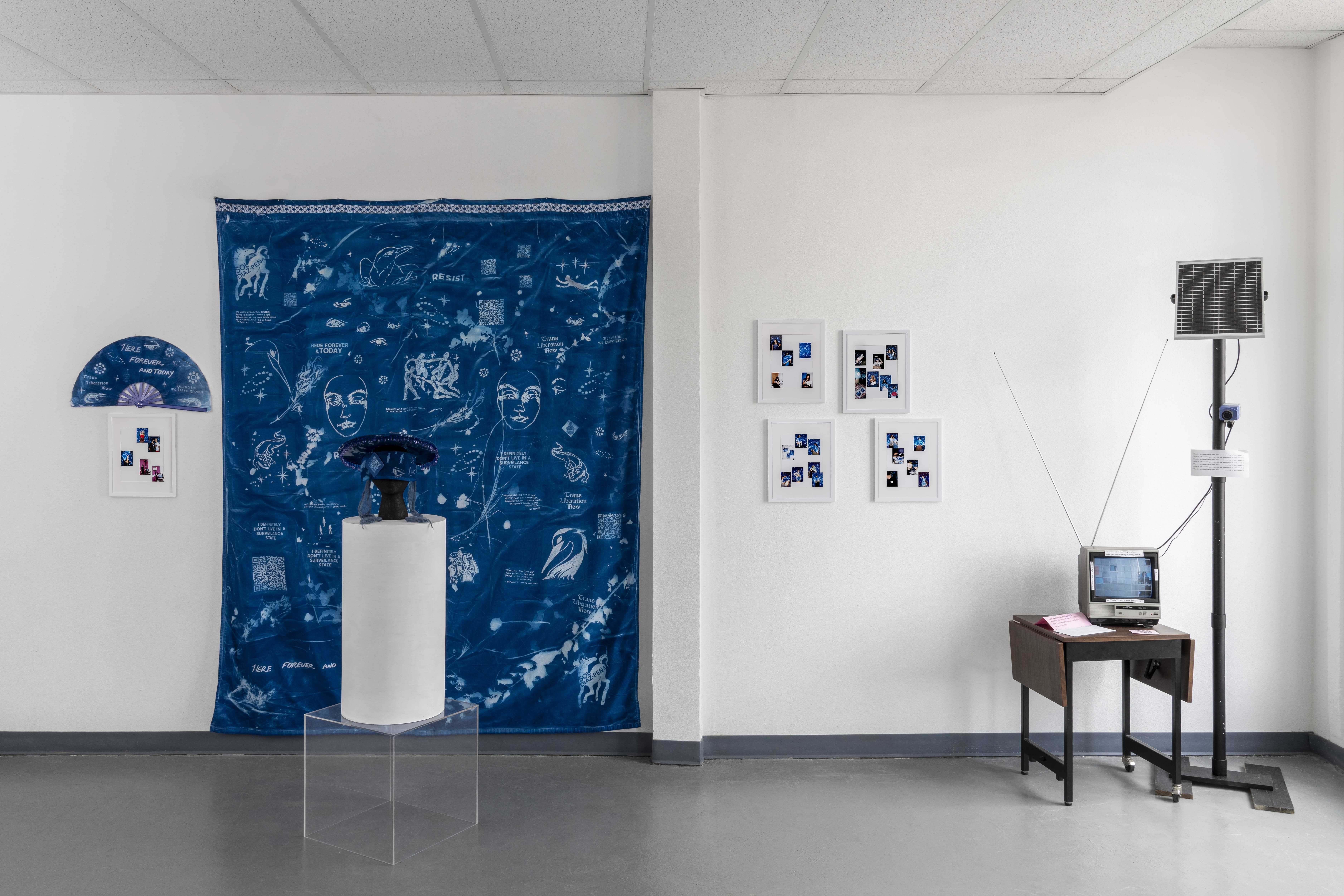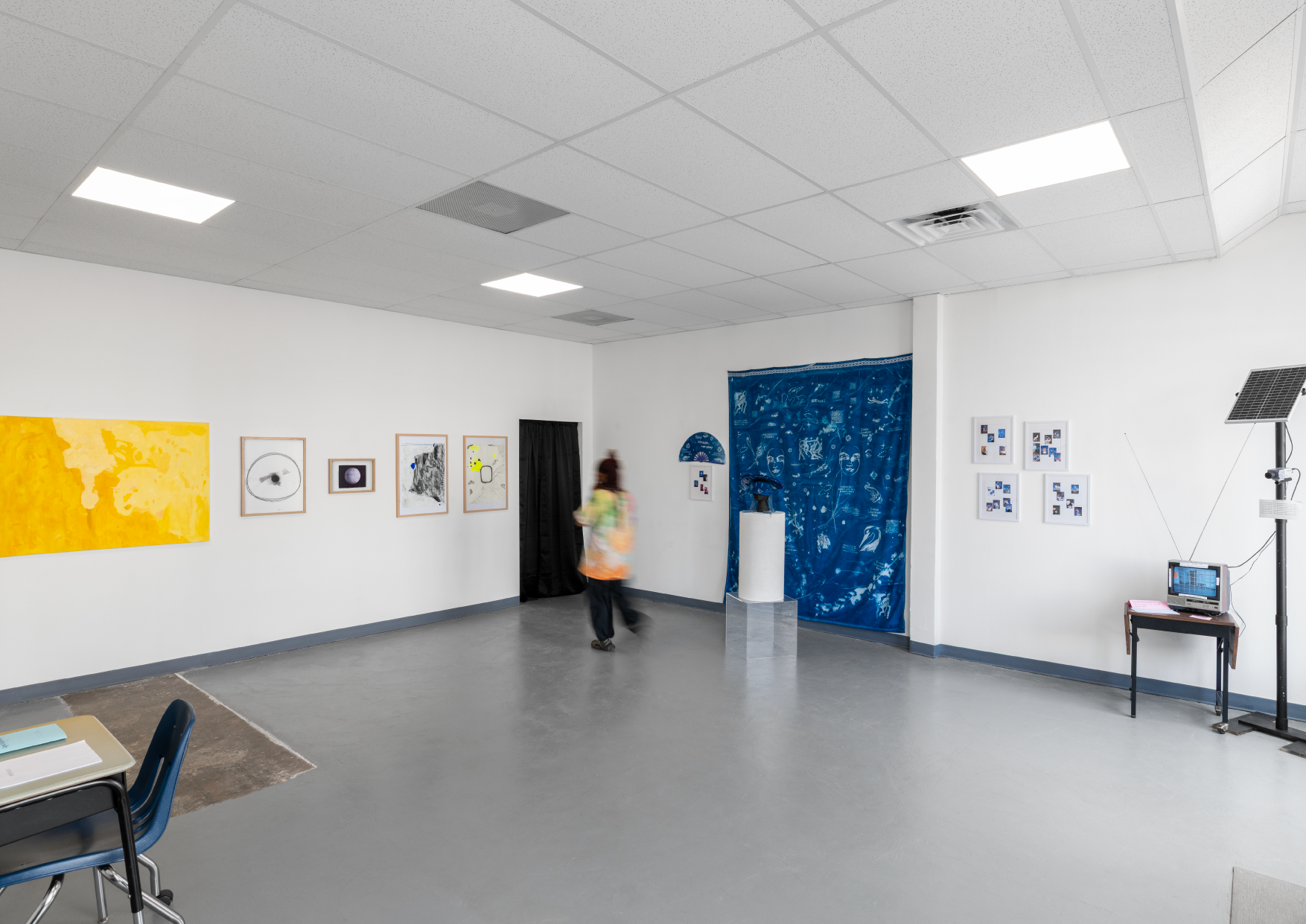Vulnerable

For the COMMON GROUNDS art project in Medellín, the Swiss visual artist Valentina Pini designed an installation in which sculpture and photography build together a narrative about Colombia’s inclusion in the global economy as a producer of primary commodities for exportation. Reflecting on this moment of economic fragility in which the country appears to be, the artist placed a photography of a chentaduro’s - a traditional Colombian fruit - in the middle of three columns made of discarded fruit label rolls.
Sculpturally illustrating the agricultural sector’s gain of power, the artist sheds light on the fact that economically interested international companies are beginning to turn their attention to the Colombian fruit and vegetable industry. With this political situation in mind, Valentina Pini tells us in an interview for MATZA EDGELANDS MEDELLÍN that intuition and observation are key elements of her practice. As part of her 3 weeks long creative process within the residency, she walked around the city’s streets in search of intriguing elements. There, she occasionally found, lying on the pavement, the adhesive rolls that became the raw material of her artwork. Transforming objects from the streets into an art installation is the way Valentina Pini has found to open the public’s view to the issues caused by an economy based on the exportation of primary commodities, a problem many Latin American countries have to deal with.
About the artist
About the project
Created by Séverin Guelpa and Anja Wyden Guelpa in collaboration with the Edgelands Institute, MATZA EDGELANDS MEDELLÍN is a project held in Colombia between 31.01 and 17.02.2022. Gathering artists, experts, citizens, and activists together to reflect on contemporary issues, urban dynamics, and social tensions in the heart of Medellín, the project lead to the COMMON GROUND art residency and exhibition, which presented original artworks regarding security, digital surveillance, technology, and urbanization.



